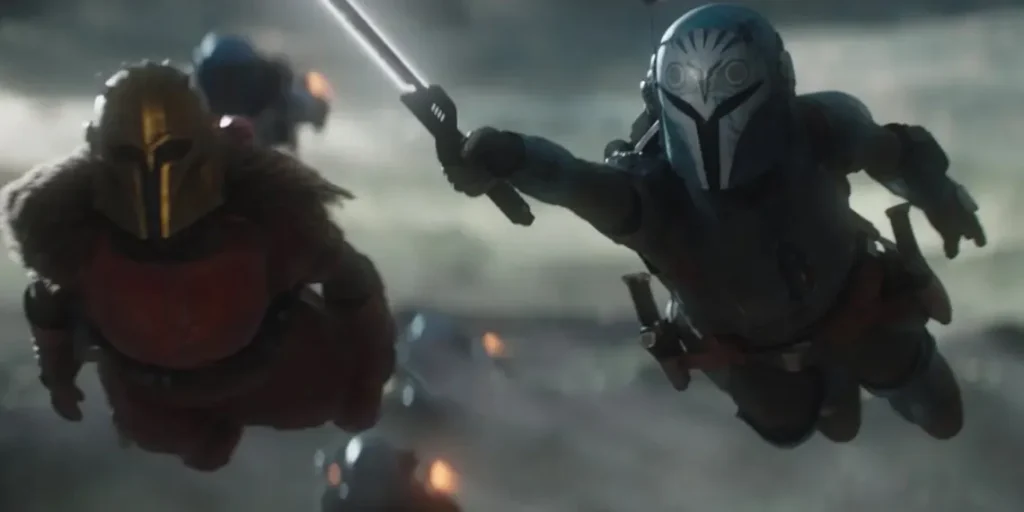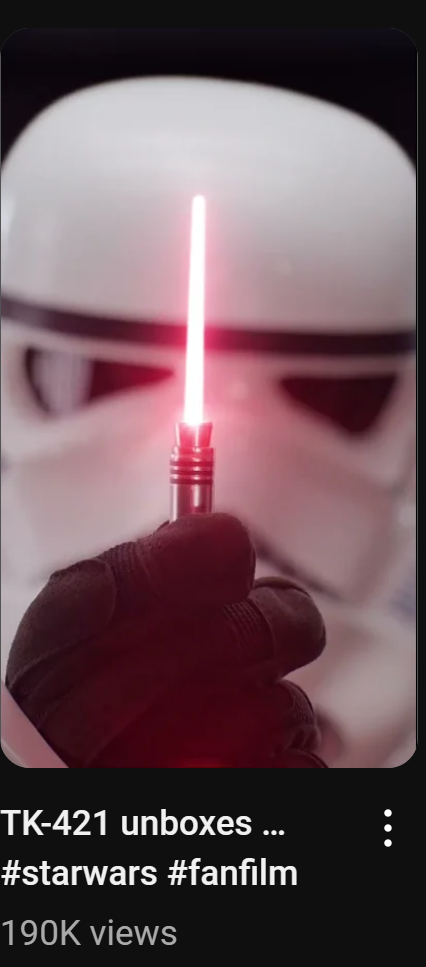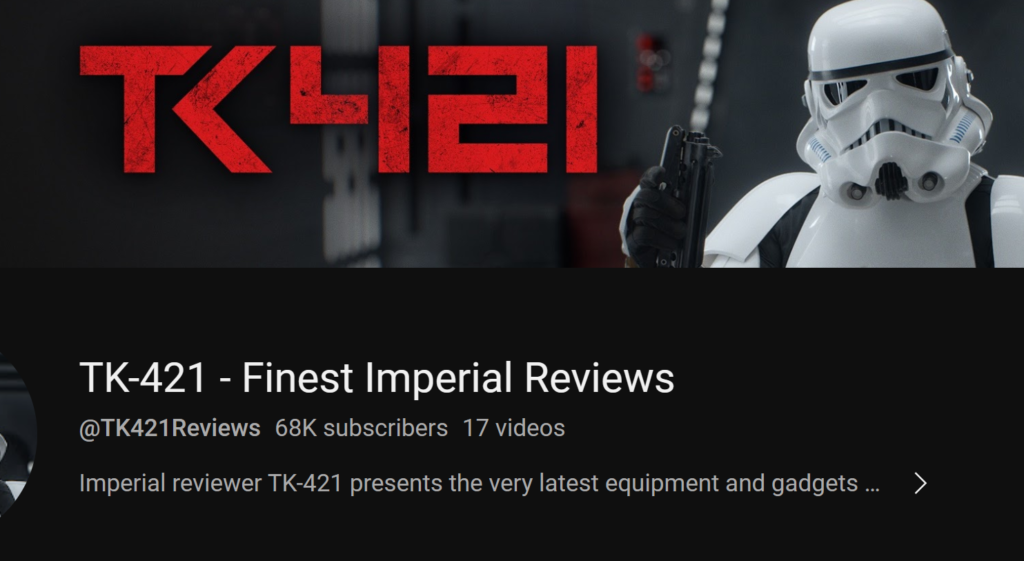Let’s talk about this guy (Rocket Racoon) and how his origins relate to a sci-fi concept you might never heard of called the Uplift.
Spoilers ahead in (3..2..1..)
The reason why we wanna talk about Rocket is because GG3 (poster) can really be seen as Rocket Racoon 1 (with appearances by the Guardians of the Galaxy) (cover with overlay). And by making the movie about Rocket, we get one of the most impactful and introspective movies that Marvel has ever released, perhaps since the first two Captain America films.
Because the emotional core of the film, as well as the chief driver of the plot and narrative, is all Rocket. We are treated to his origin in the MCU, his backstory, his friends, and his primary antagonist, the High Evolutionary.
Now, the High Evolutionary originally appeared in the comics as a Thor villain, and had numerous other appearances in the MCU. It’s really a shame he’s a one-and-done villain here, as he had a long history, and could often be the driver of multiple stories in much the same way as Kang and Thanos have been. His focus is on advancing the development of humanity through forced evolution. He’s a super-eugenicist. He’s a tyrant, and more than a little bit of a control freak. Having him as the antagonist is critically important, which we’ll get to a little bit later.
The High Evolutionary isn’t really the villain of the first major Rocket storyline in the comics (which appeared back in 1985), but the villain(s) in that story had a bit of overlap in method, so we get that character agglomeration so common with media translations. (AGOT reference?)
Here we can see Teefs (his best bud), known then as his First Mate Wal Rus, as well as the fabulous Lylla, an otter (cue Denis Leary: “an otter”) and romantic interest
One of RR’s other companions was a turtle, Pyko, who we witness in the test chamber (twice!). We kinda hope this guy might show backup later. (well, I do anyways)
They’re all Uplifted animals. So what does that mean? What is the Uplift?
Well, the idea of anthropomorphic animals, that can talk and communicate with humans has long been a staple of sci-fi, going back to the HG Wells, and The Island of Dr. Moreau (1896).
We also saw it a lot in cartoons of various sorts, with various rabbits and mice (Bugs and Mickey), ducks (Daffy, Donald, Scrooge) and … cows or something (Goofy), so the idea isn’t that unfamiliar to us, but it was always a bit of a weird fit in the superhero comics world.
And yes, these appearances aren’t even counting the Stadel lion-man (from 32000 BCE) or the various deities of the ancient Egyptians, or the visions of Ezekiel, or all the other appearances. It’s a long, rich history, is what I’m saying, but we’re focused on the sci-fi and comic book appearances here.
Rocket showed up in the mid 70s, but he only was in a handful of issues before the 21st century, and aside from Jaxxon in the Marvel Star Wars comics, the most prominent animal was either a Private Duck (Howard) or an Aardvark barbarian. (You can figure out his stats for D&D). This isn’t a history of anthropomorphic animals though. Let’s get to the Uplift.
The Uplift was David Brin’s science fiction series where humanity has increased the intelligence in chimps and dolphins to the point where they are sentient and can communicate with humans. And then they discover that there are other inter-galactic civilizations that exist, and do the same. And they regard humanity as being barely evolved, so it’s only the sheer coincidence that humanity had Uplifted the other species that saves them from being a client bound to some other more powerful species.
The Uplift series started in 1980 with Sundiver, (and I’m sorry, but I only have the second book, 1983’s Startide Rising, on the bookshelf at the moment.) And because verbing weirds language, Uplift is now synonymous with the leveling up the intelligence of animals (and others) to human levels of sapience (or beyond). Series like the Planet of the Apes can be seen as an Uplift story (though not in that universe), even though it came out decades earlier. There’s also Wells’ work of course, which we mentioned earlier, and there’s also Olaf Stapledon’s classic Sirius and Bulgakov’s “Heart of a Dog” (both of which form parts of the inspiration for Cosmo in the GG as well).
When it comes to Uplifted racoons, like Rocket, well, he’s pretty unique, he’s one of the first. There’s another example in Bruce Sterling’s short story “Our Neural Chernobyl” from the Globalhead (1992) collection. Raccoons as a species get uplifted, and well, it doesn’t look like it’s going to go well for humanity.
What the Uplift series explores, and allows us to imagine collectively, is our interaction with the animals around us, and how we relate to them, it they were at our level of intelligence.
Now David Brin is a scientist by training, and he brings that hard science view to a lot of his fiction. His background is in astronomy, and he’s been a consultant to NASA, as well as a contributor to many science fiction projects aside from his own novels.
And all this lays the foundation to talk about what’s going on with Rocket Racoon and the animals in Guardians of the Galaxy 3, with the imprisonment, experimentation, exploitation, and disposal.
(And I want to be clear, that there are multiple interpretations to the story, and those may be valid too. But in presenting the broader historical picture, I hope to show you that interpretations tied to the issues of the moment may miss the scope of what’s being discussed.)
Rocket’s story, and the story of his animal companions is ultimately a human story, a trans-human story, about how we evolve and become post-human.
And so to help explain that story, let’s bring in a little philosophy, courtesy of Giorgio Agamben’s The Open (2002). Subtitled Man and Animal, the work is a side project spilling off of Agamben’s larger investigation of what it means to be human through examining historical instances of it at a minimum level, the Homo Sacer project, and his examination of rule by decree. Given the “interesting times” we’re living in in 2023, as we’re now living with COVID, the guy has some interesting views, not all of which I agree with.
The main ones we’re interested in right now are the relationship between human and animal, and in this his view are informed by Foucault’s conception of “biopolitics”. (we’re not doing a deep dive on Foucault here. Bientot.)
Biopower, at a high level can be seen as the regimes used for controlling and subjugating the bodies and populations that comprise a polity. Think of the health care system in the United States, as one example, or of the food production systems that shape and manage the animals that end up as meals on our tables.
Factory farming, in other words. For Agamben, following from Foucault, biopolitics is a source of control. Of managing the biosphere, the teeming millions (whatever species those millions may be, be it man, cow, dog, chicken… racoon).
So Agamben brings us into the idea of biopower, and that our relationship with the Animal is one of humanity separating itself from the natural world. And this is where our antagonist the High Evolutionary steps back in the equation.
As noted above, the High Evolutionary, in the comics and the MCU, is a super-eugenicist, a totalitarian dictator willing to destroy his creations in the hope of improvement, and freely experiment on animals. And while in the comics Counter-Earth is destroyed by Galactus, after High Evolutionary falters when attempting to protect it, here he destroys his planet of Ani-Men as the prospect of an improved denizen comes to fruition.
The High Evolutionary is after all, all about control. And this control, this mastery, is what links the dominion inherent in biopolitics with the atrocities he pursues as part of his quest to create a perfect species with which to populate his planet. This is ultimately a fascist project, which places the super-eugenicist precisely where he belongs in 2023. As Paul Virilio notes in Art and Fear, genetic engineering and the “transgenic practices” lead to biology as an expressionistic practice, which was occuring in the laboratories of various totalitarian regimes across the 20th century.
There too, the testing of animals was unabated, and the development of hybrids continued as well. Much like Rocket and his friends being transformed, uplifted, unwillingly, by the High Evolutionary, as “hybrids of modern science signal the complete control over the animality of man” (Pick 11). But in the process of this uplift, Rocket wakes up. Much like Neo in an earlier series, he becomes aware of his particular situation.
To quote Agamben: “[An animal] who has awakened from its captivation to its own captivation. This awakening of the living being to its own being-captivated, this anxious and resolute opening to a not-open, is the human.” (Agamben, 70).
Rocket “wakes up”, grows into his sentience and sapience, and realizes his captivity, and, trying to escape, realizes he is doubly-trapped. He goes through a process of becoming, and we as the audience, go through that journey with him, and we realize our own captivity much like his.
Such is the catharsis we feel as we witness Rocket attempt his escape. it is our own liberation,. He is humanity, he has been uplifted, he is awakened, and now he fights for freedom.
We’re all Rocket.
Epilogue: now, it’s hard to say how much of this is intentional on the part of James Gunn, if he’s read these (somewhat) obscure academic philosophers, if he’s well versed in the discourse on biopolitics, and the Open, the gap between animal and man.
Perhaps the extent that these themes ring out resoundingly from Rocket Raccoon 1 (sorry, GotG 3) speaks to the essential truths that they address, and film, and science fiction, by reflecting our reality back to us allow us to see clearly that which often lays hidden (and in terms of factory farming, animal testing, and concentration camps we often rely on that distancing to shield ourselves from the damage we inflict, in our living on the planet).
But that’s the power of this film in particular, a rare hit from Marvel that reaches beyond the superhero genre and speaks directly to us about the human condition.
As experienced by a procyon lotor, a common Raccoon.





